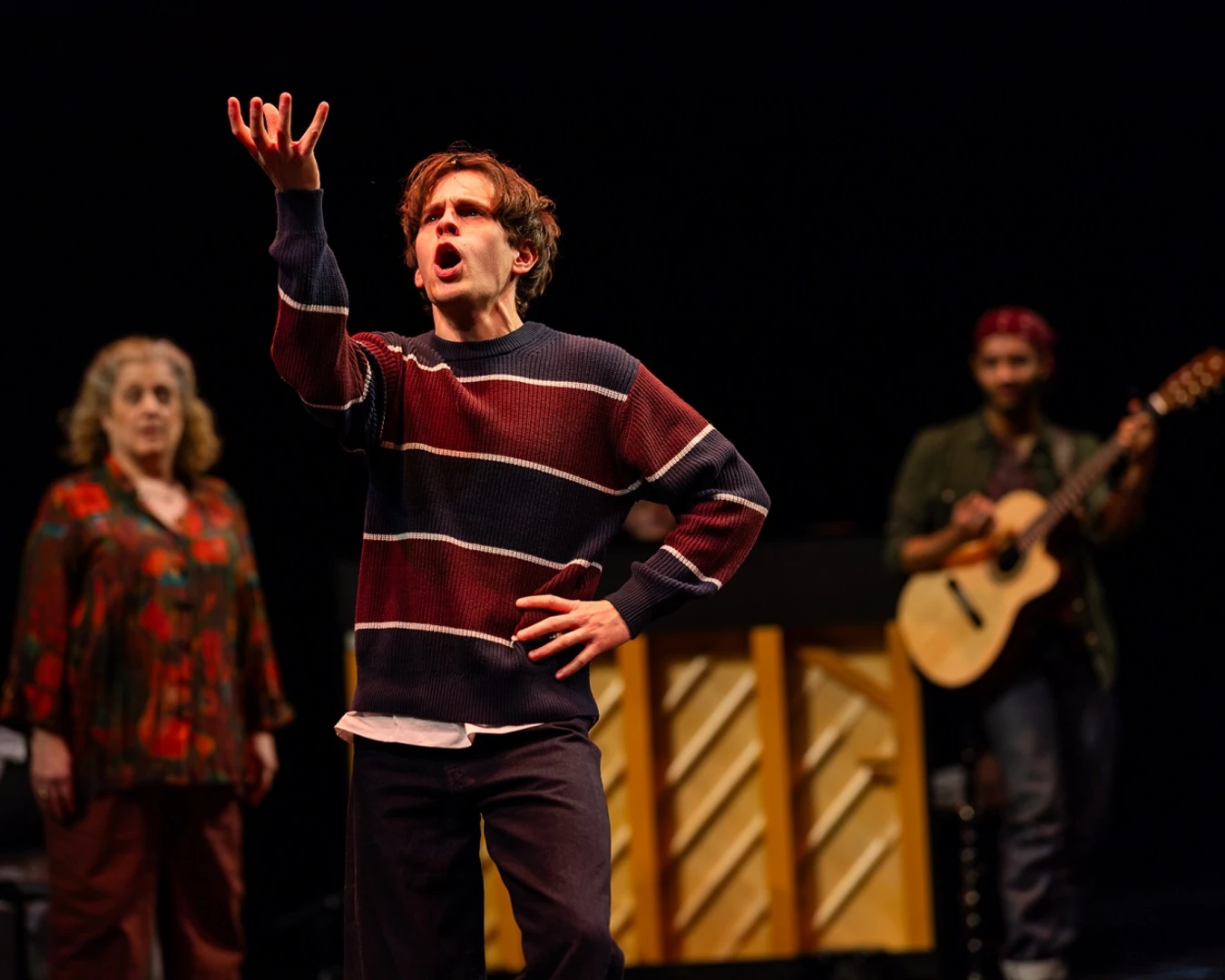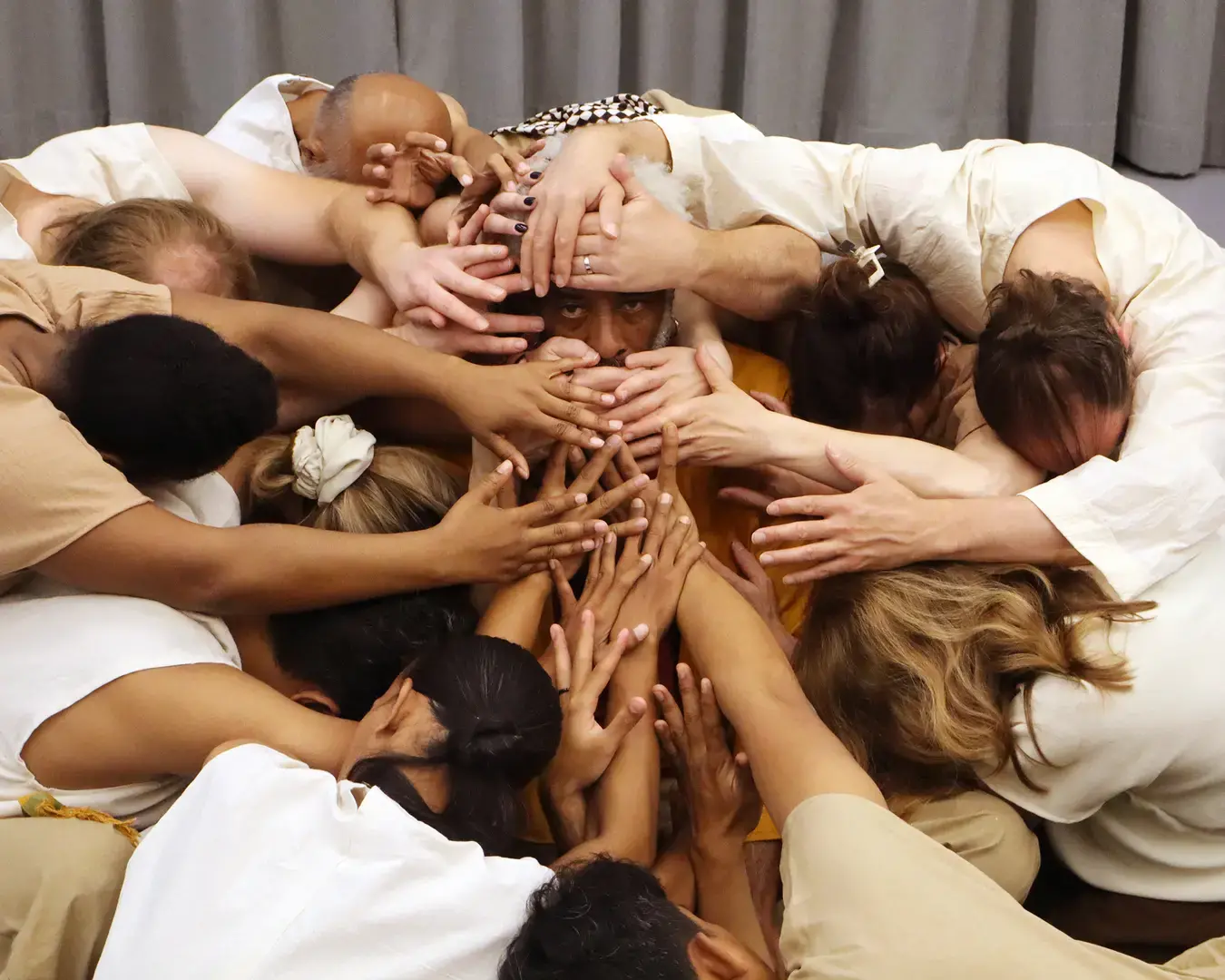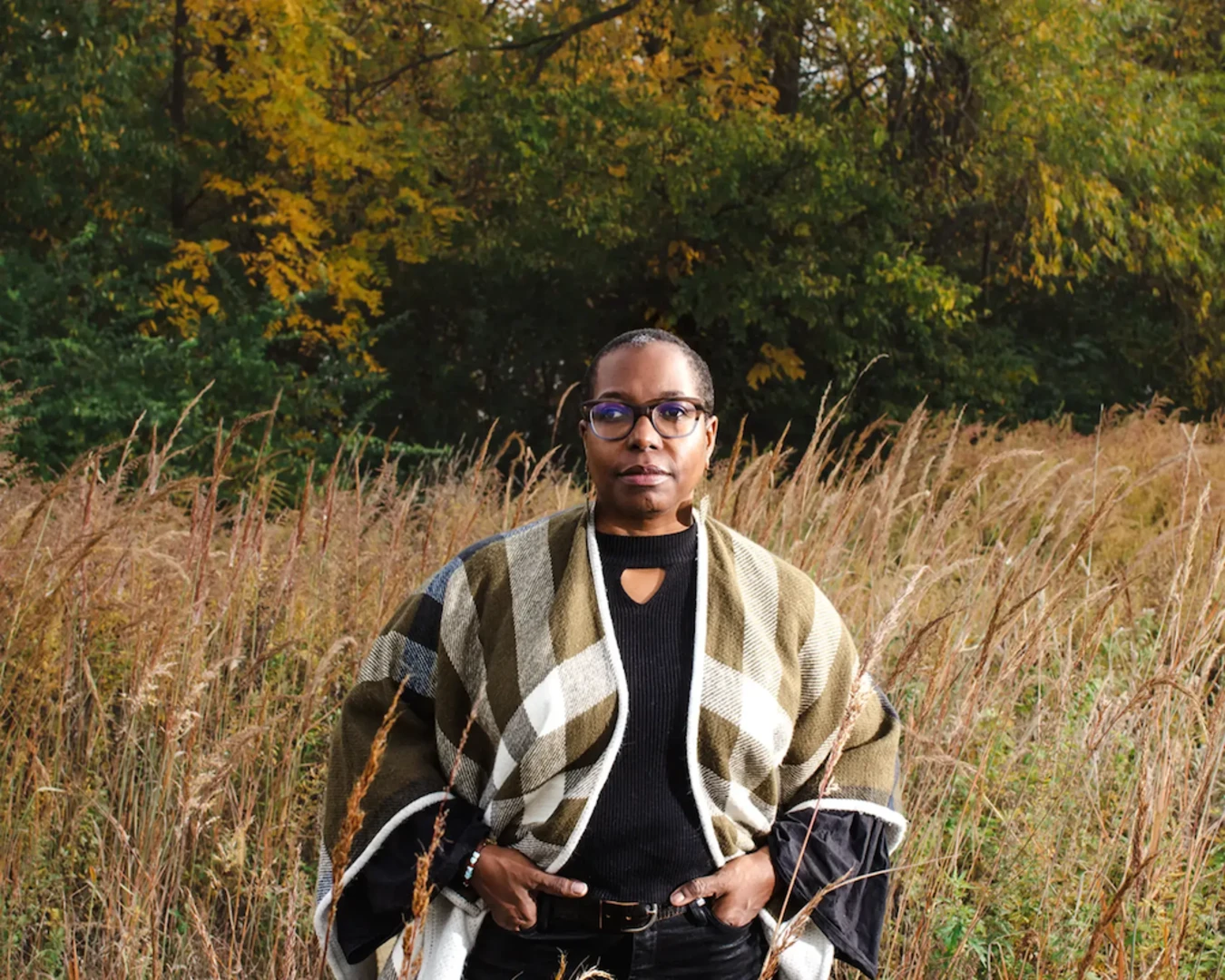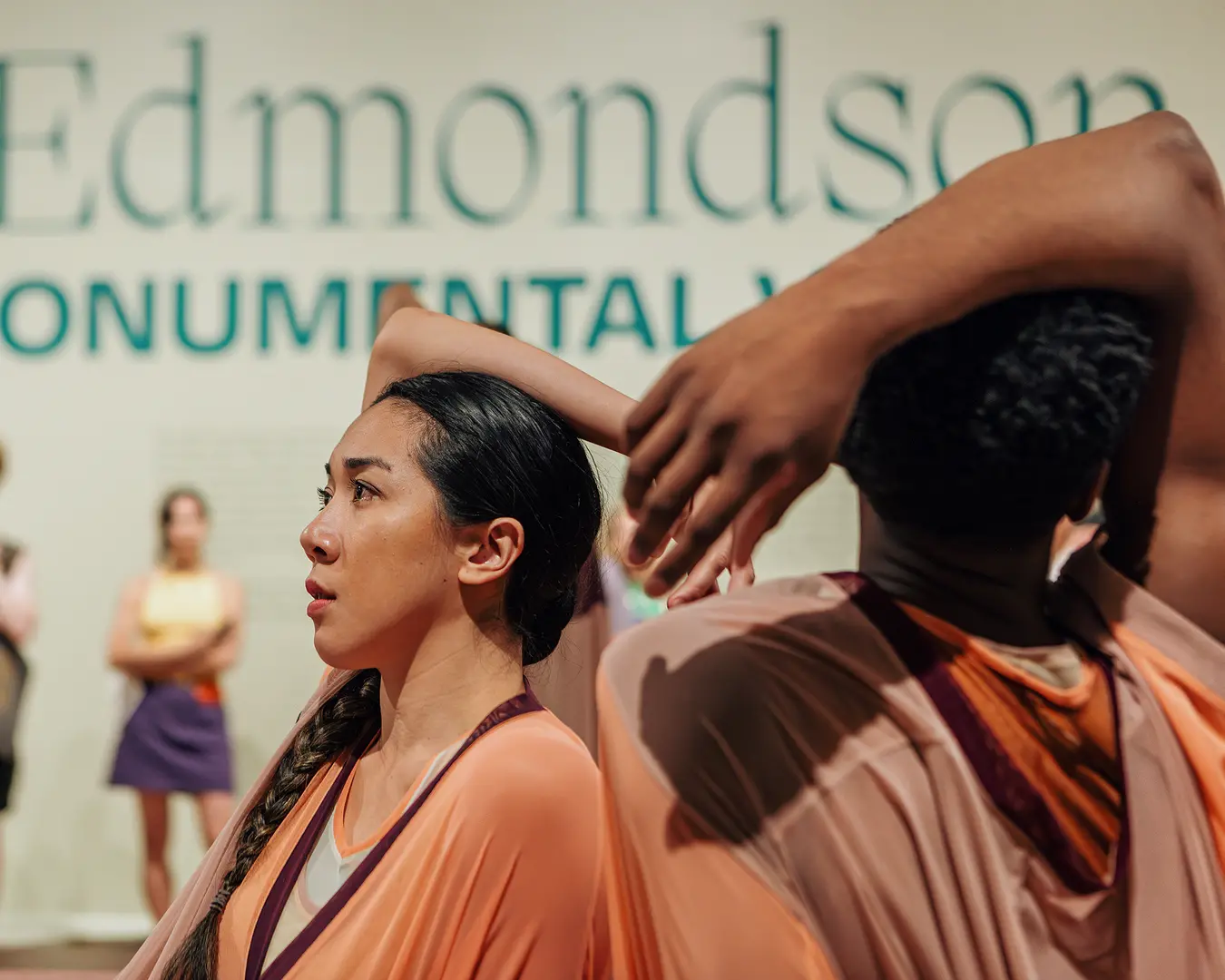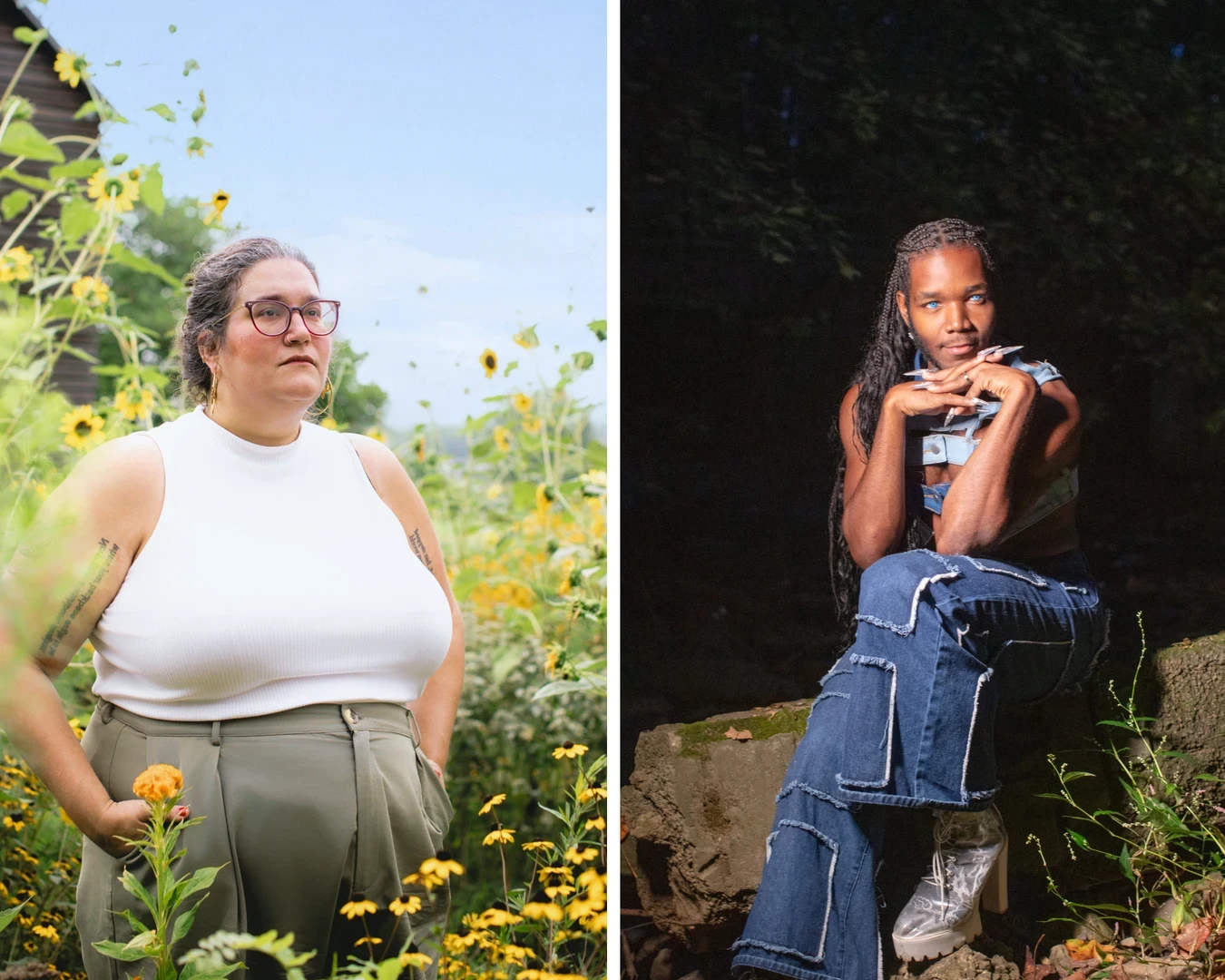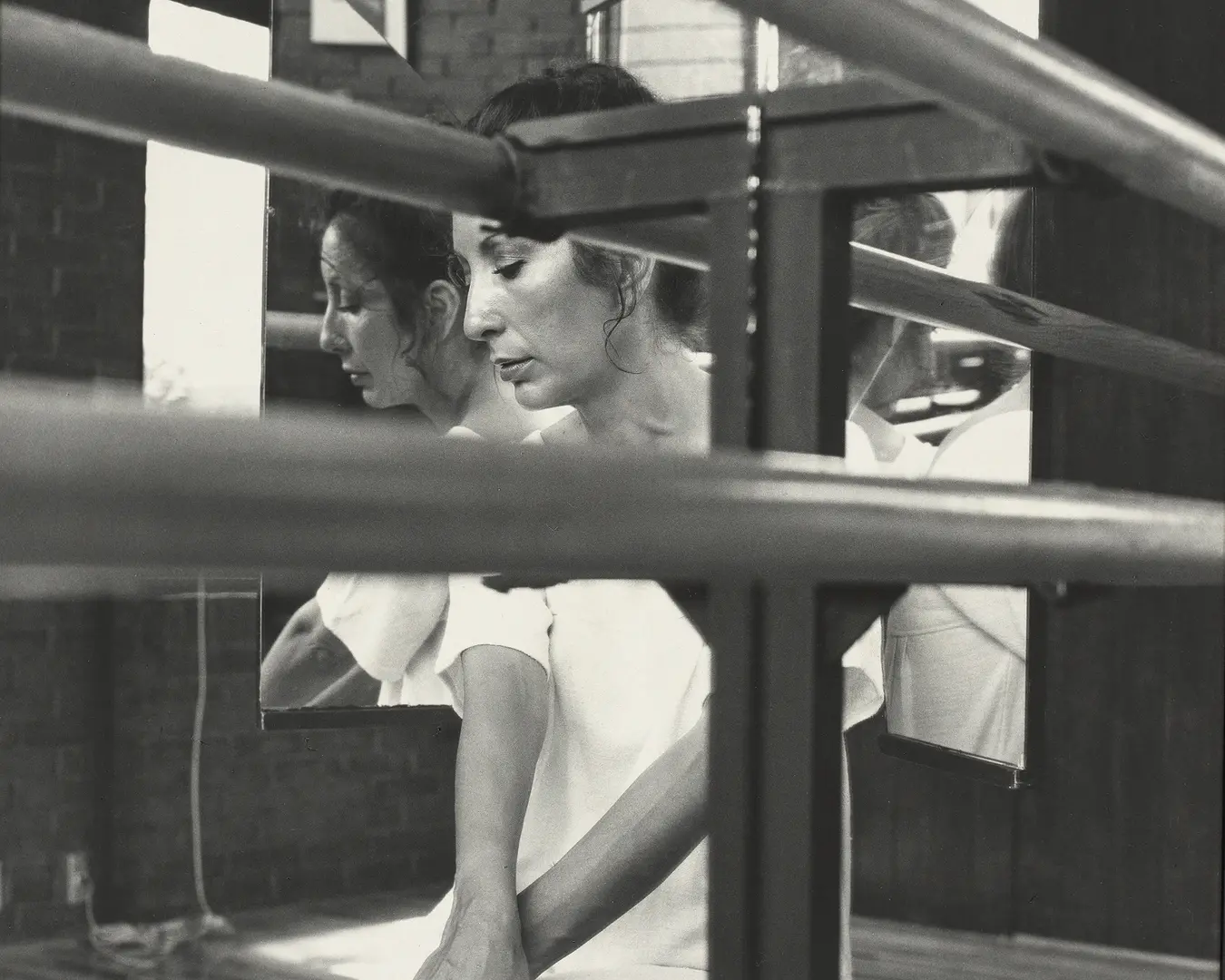In celebration of Black History Month, we invited Black artists and cultural practitioners in our network to talk about artists whose work resonates with their own practices today. From a photographer whose work “gazes with unapologetic wonder and faith” to an actor/director whose rejection of stereotypical roles created new possibilities for filmmaking, the artists highlighted illustrate the lineage of Black cultural production and the connections between Black history and the urgent present.
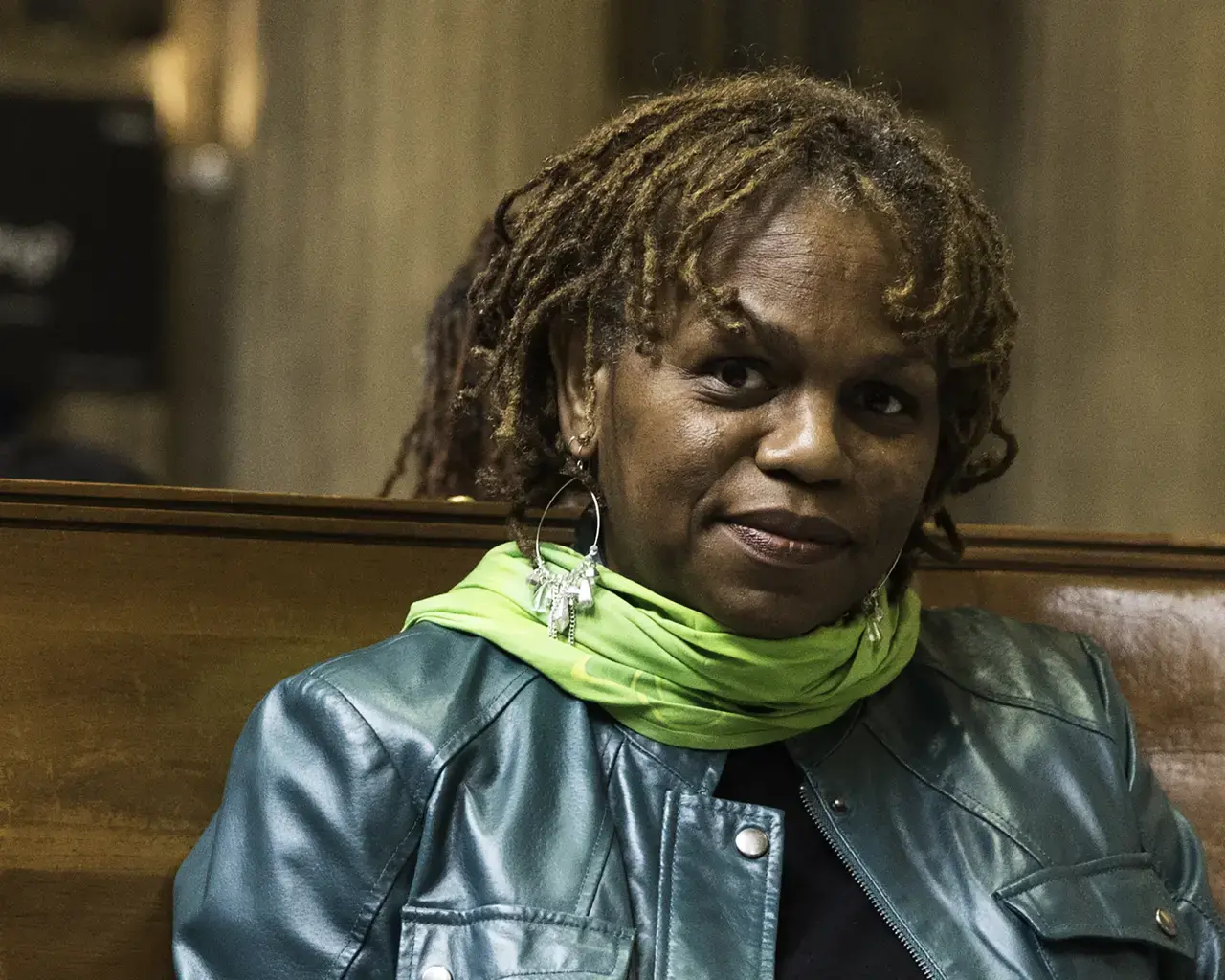
M. Nzadi Keita
Poet, 2017 Pew Fellow
The photography of Jamel Shabazz moves me greatly. Aligned with my heroes, Roy DeCarava and Gordon Parks, Shabazz recognizes Black and Brown city people. Grounded in their joy, irony, humor, beauty, and love, his work gazes with unapologetic wonder and faith. I come from a picture-taking family. That self-validating tradition has always catalyzed my writing. So Shabazz affirms me as I complete Migration Letters, my forthcoming book. Those poems investigate the shaping of people I call first-generation northerners: working-class, urban Black folk, rising out of southern traces, maturing in a northern world of rapid changes.
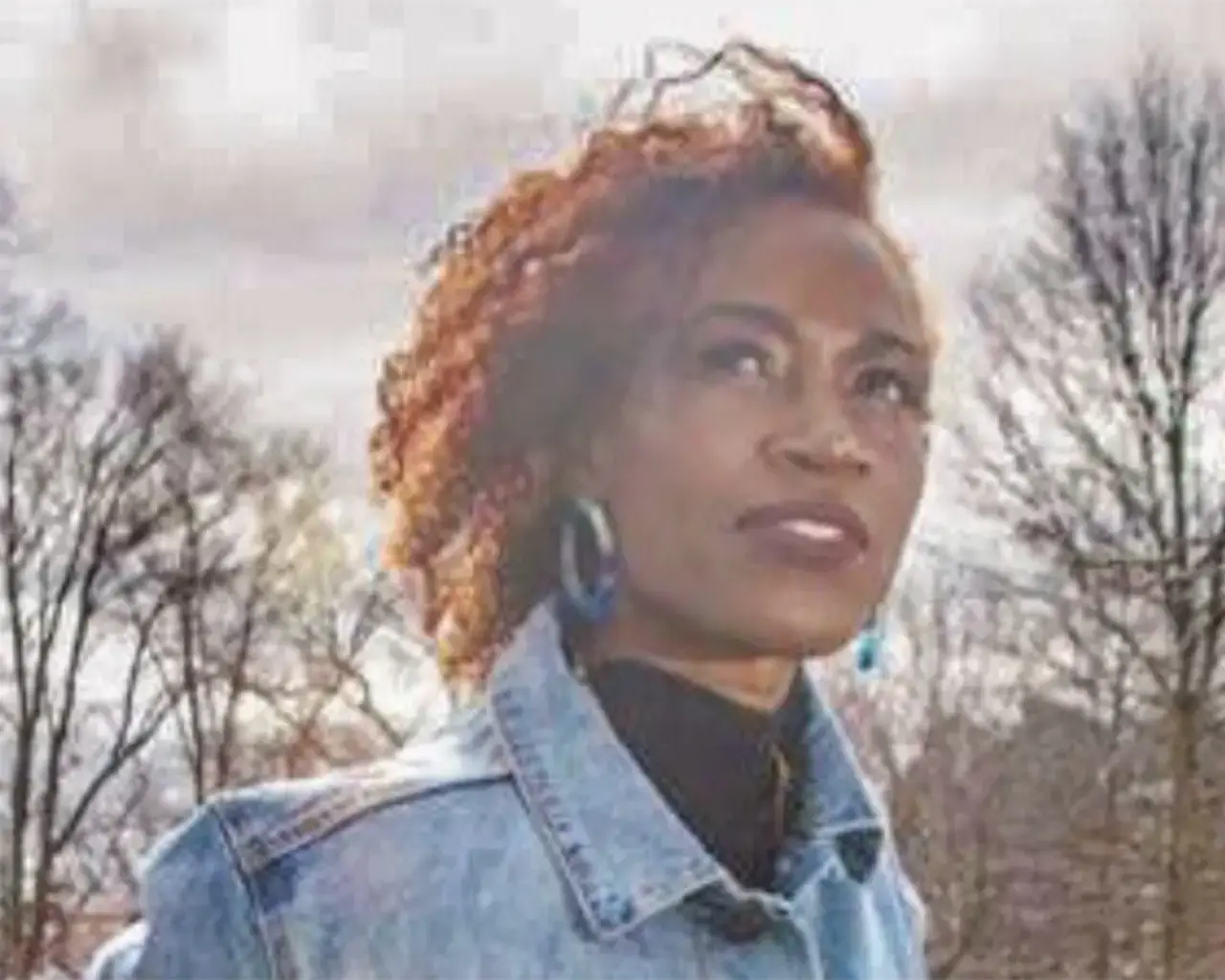
Valerie V. Gay
Performing artist and The Barnes Foundation Deputy Director of Audience Engagement & Chief Experience Officer
Lately I’ve been reflecting on the requisite strength, courage, and tenacity necessary to truly be oneself, especially when simultaneously making art and repudiating confining categories imposed by others. It’s through this lens that I have returned to Margaret Bonds (1913–1972), pianist, composer, educator, mother, daughter, friend, Black woman, and more. I claim these identities and a few additional ones, and Bonds’ instrumental and vocal catalogue inspire me to explore my own compositional and performance voice across multiple musical genres. One of my favorite recordings combines two amazingly talented Black women: Leontyne Price and Margaret Bonds. The former commissioned the latter to arrange the spiritual “He’s Got the Whole World In His Hand.”
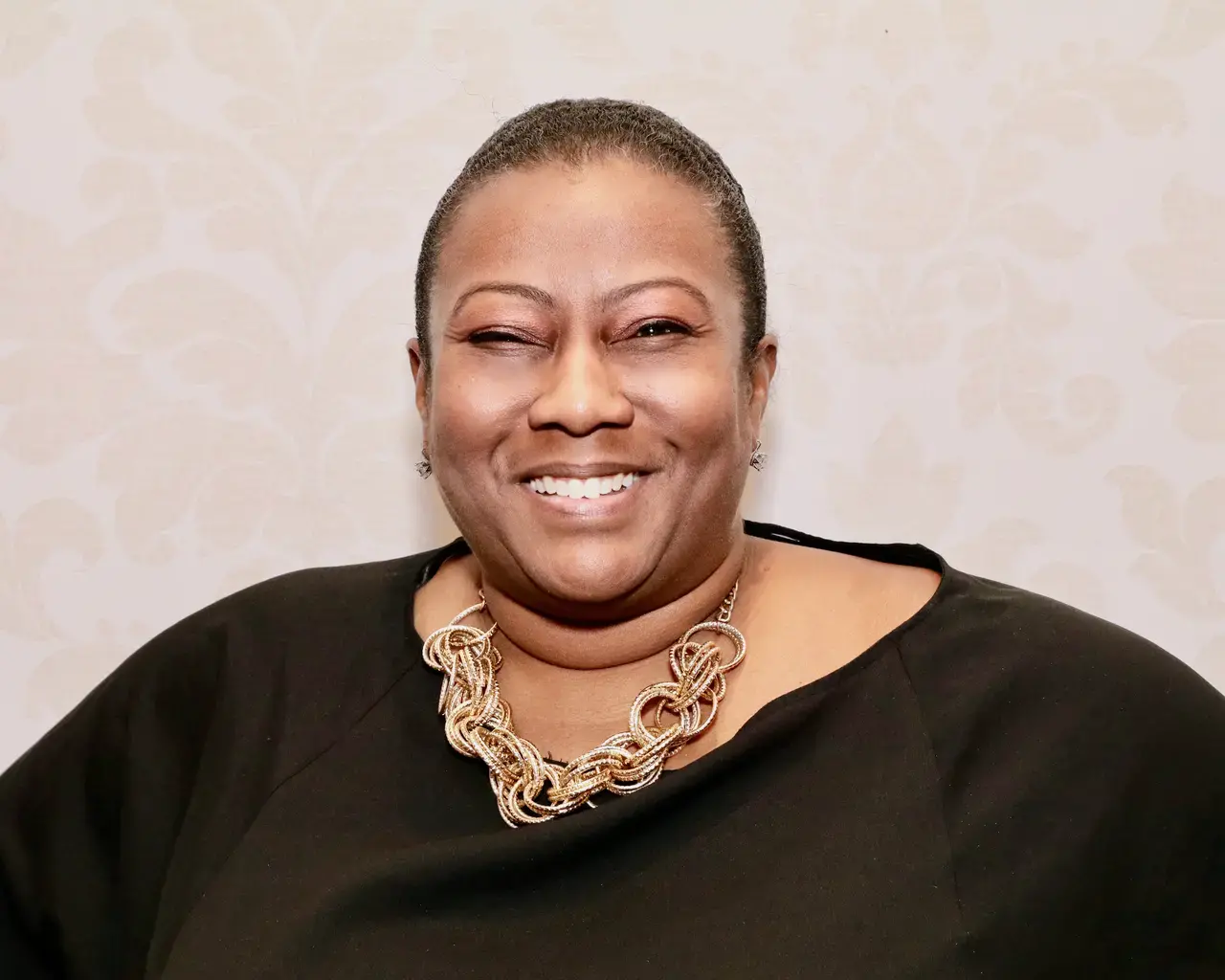
Doris Parent
The Philadelphia Orchestra Vice President of IDEAS & Strategic Partnerships
Sidney Poitier was a changemaker. As a director, producer, and actor, he broke barriers, becoming the first African American to win an Academy Award for best actor. As VP of IDEAS—Inclusion, Diversity, Equity, and Access Strategies—I uphold the principles that Poitier embodied in creating equity and inclusion in the arts. Poitier’s refusal to play stereotypical roles serves as a model as we live our values with authenticity. And we ensure our values are aligned with every community partner and artist with whom we work. IDEAS is at the core of everything we do, helping to effect the change we want to see.

Brenda Dixon Gottschild
Writer and cultural scholar, 2017 Pew Fellow
In this time of pandemic loneliness, poetry is my daily bread and lifeline. Black and Indigenous artists catalyze me to “keep on keepin’ on,” and I’ve begun introducing my scholarly writing and presentations with a poem. My favorite poets include:
- Gwendolyn Brooks (A Street in Bronzeville, Harper, 1945; In Montgomery, and Other Poems, Third World Press, 2003)
- Claudia Rankine (Citizen: An American Lyric, Graywolf Press, 2014)
- Natalie Diaz (Postcolonial Love Poem, Graywolf Press, 2020)
- Joy Harjo (An American Sunrise: Poems, W. W. Norton & Company, 2019)
- Danez Smith (Don't Call Us Dead, Graywolf Press, 2017; Homie, 2020)

Linda Earle
Cultural scholar, 2021 Visiting Scholar
Black folks who love film history often find themselves foraging for enjoyment in material not intended for them—flashes of recognition, explicit or coded. I was recently re-watching Gold Diggers of 1933. In the finale, actor Joan Blondell speaks the lyrics of a bluesy lament, “Remember My Forgotten Man.” The camera pans to a Black woman framed by a tenement window, and she singsthe lyrics, a gorgeous contralto. The woman is Etta Moten Barnett. Her screen time is brief. When the camera returns to Blondell in the finale of the song, she is lip-synching to Etta’s unmistakable voice. This bit of racial ventriloquism is pregnant with meaning. It was not intended as such—it was outside of Barnett’s editorial control—but her vocal performance imbues the scene with such a resonant poignancy and she is, in that way, its author. The song is transformed. Barnett performed on Broadway and in films during the 1930s and 40s, never bending to archetypes. She crowned her career by delivering a definitive interpretation of Bess in the national tour of Porgy & Bess. She retired to a life of activism and service including serving in State Department cultural missions across Africa.

